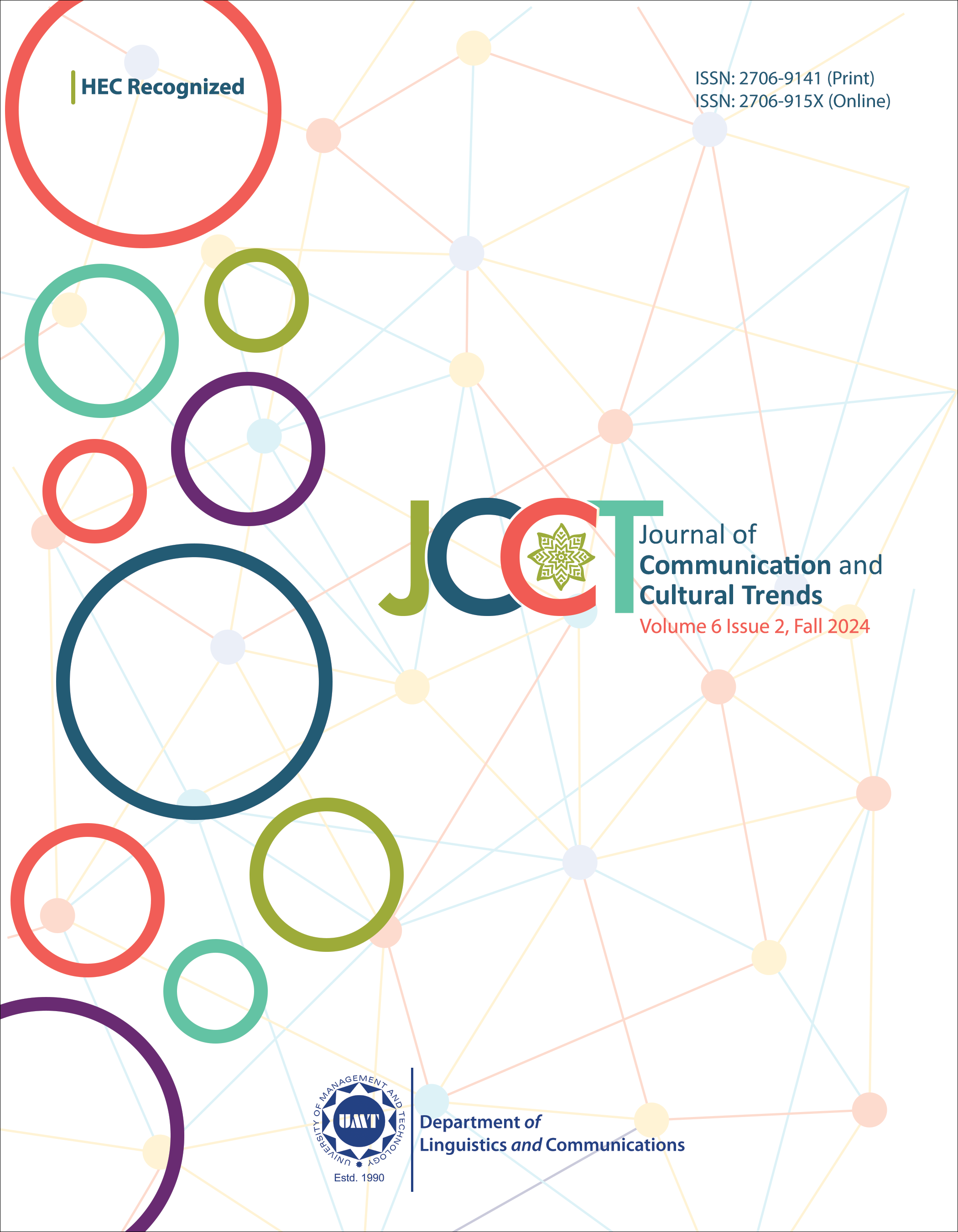Cognitive Stylistic Analysis of Namibia’s 1904-1908 Nama-Herero Genocide through Fictional Narratives
Abstract
 Abstract Views: 0
Abstract Views: 0
This study examines four Namibian Nama-Herero literary texts about the genocide in Namibia through the application of the cognitive stylistics framework. The texts analyzed are, Lauri Kubuitsile’s (2016) The Scattering, Jaspar D. Utley’s (2017) Lie of the Land, Rukee Tjingaete’s (2017) The Weeping Graves of our Ancestors and Zirk Van den Berg’s (2018) Parts Unknown. The four novels have been selected because they present the Nama-Herero genocide, which took place from 1904 -1908 during which over 65,000 Ovaherero and 10,000 Nama people perished, in what is known as the first genocide of the twentieth century. The study aims at probing how the use of cognitive stylistics can enhance readers’ understanding of the narratives of the genocide depicted in these Namibian fictional texts. It follows a qualitative approach, with content analysis as the primary data collection method. It explores the creative writing techniques used to project genocidal narratives in these fictionalised stories. In addition to that, the use of conceptual metaphors to establish a connection between the reader and the text has also been explored. The study is guided by schema and trauma theories. Schema theory takes into account all the mental activities associated with tasks such as thinking, knowing, communicating and remembering. It helps both the writers and the readers to mentally reconstruct the events of the genocide, including the loss of life through brutal killings, rape, and livestock confiscation. Moreover, the study examines the depiction of genocidal trauma of the Herero and Nama through the application of trauma theory.The findings demonstrate that schema and trauma theories offer a framework for understanding the narrative construction of genocide in the selected texts. This approach not only deepens the understanding of the genocidal experiences encountered by the Nama-Herero but also highlights the role of language in conveying historical trauma.
Downloads
Copyright (c) 2024 Linus Hafeni, Collen Sabao, Haileleul Zeleke Woldemariam

This work is licensed under a Creative Commons Attribution 4.0 International License.

This work is licensed under a Creative Commons Attribution 4.0 International License. Authors retain copyright and grant the journal right of first publication with the work simultaneously licensed under a Creative Commons Attribution (CC-BY) 4.0 License that allows others to share the work with an acknowledgement of the work’s authorship and initial publication in this journal.








